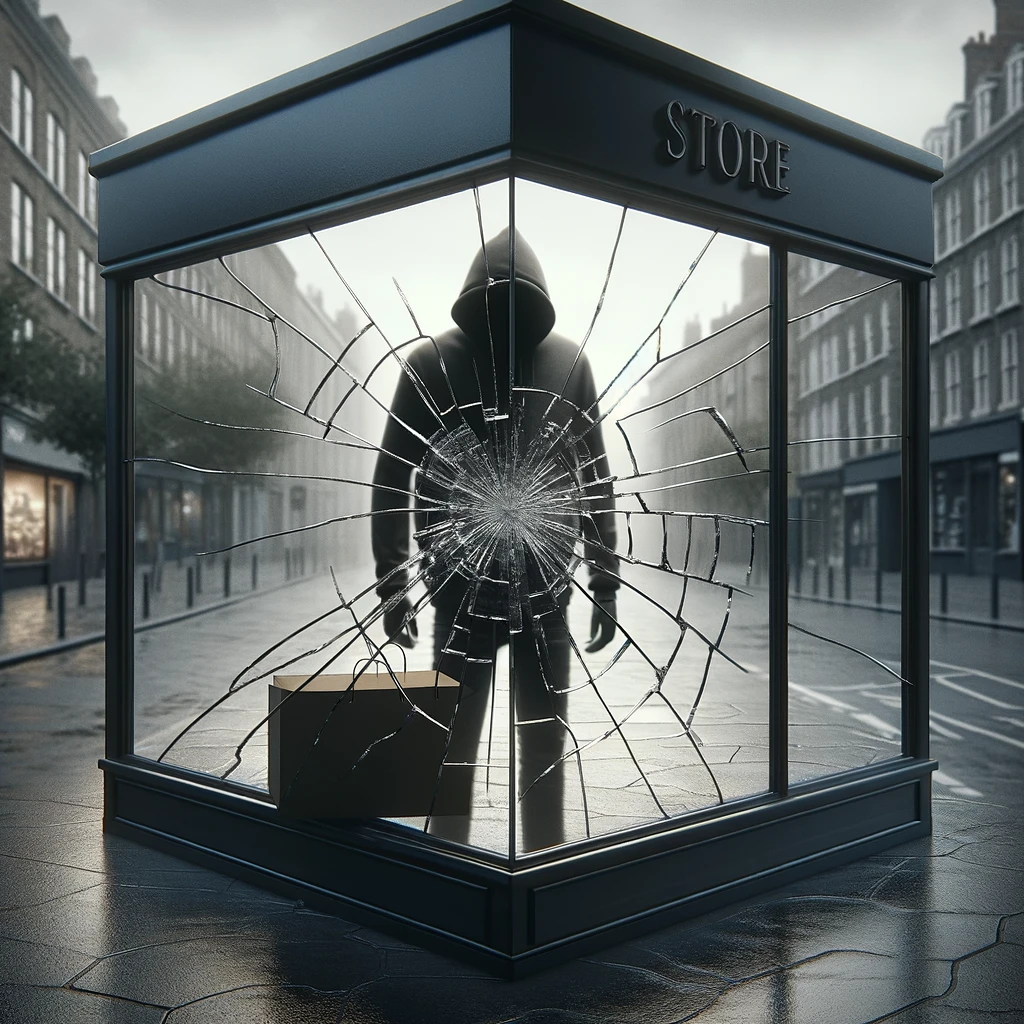- Warning on Shoplifting and its Impact on Profits
Retail Executives Sound Alarm on Shoplifting, Threatening Profits and Consumer SentimentRecent data compiled from earning calls by Bloomberg has shown that stock theft or “shrink” is becoming a bigger issue affecting the profits and balance sheets of both large and small retail chains. The retail industry recorded nearly 200 mentions of shrink this quarter, marking a doubling of the quarter-on-quarter data. Retail executives are often troubled by the issue of shrink, which refers to inventory loss and damage. However, it is theft that stands out as the primary factor causing their concerns.
- How Retail Theft is Hurting Stores
Retail stores are finding it difficult to cope with losses caused due to theft. Lost or stolen inventory is estimated to cost Target Corp. alone as much as $500 million a year. Theft doesn’t just result in the loss of inventory costs; it also has a ripple effect on sales, customer sentiment, and margins. Retail theft is also likely to shift consumer preferences towards online shopping, where margins are often lower.
- The Rise of Retail Theft
The reasons behind the rise in retail theft are complex, involving a wide variety of factors. These include the rise of online marketplaces and the ease with which thieves can sell stolen goods on them. This trend has helped create a de-facto industry out of retail theft. Gaining conclusive data on the problem has been difficult to come by.
- Are Plastic Windows and Speed-Limiters Enough?
Retailers are taking several countermeasures, including locking merchandise behind plastic windows and implementing speed-limiters on shopping carts. However, despite these measures, they remain largely powerless in stopping the problem. Walmart, the world’s largest retailer, has stated that only law enforcement can provide a lasting solution.
The rise in media coverage of crime since the pandemic began may also be contributing to the increase in the number of executives discussing shrink, leading to concerns about the long-term impact of these trends on the retail industry. - Navigating the Challenges
The bottom line: Shrink and retail theft are becoming bigger issues for the retail industry. This poses a long-term problem for retailers and investors who may not have any control over these trends. Retailers should consider adopting industry standard practices to effectively track and monitor their products, as the future remains unpredictable.






